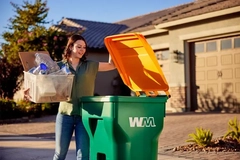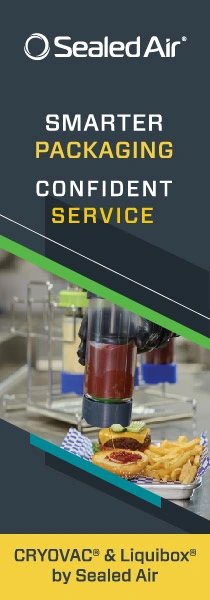Quality inspection on SIG Corpoplast blow molding systems
Even a good stretch blow molding machine can only produce perfect bottles when the perform quality is good. Preform and bottle quality detection systems help to increase the overall line efficiency. Certainly the major focus of a manufacturer of machines for the production of PET bottles is directed towards high efficiency at high specific machine outputs, leading to an inherent high product quality and process capability.
Even a good stretch blow molding machine can only produce perfect bottles when the perform quality is good. Preform and bottle quality detection systems help to increase the overall line efficiency. Certainly the major focus of a manufacturer of machines for the production of PET bottles is directed towards high efficiency at high specific machine outputs, leading to an inherent high product quality and process capability. At the same time it has become evident that with the increasing pressure on packaging cost and with a highly competitive market, the material quality at the machine in-feed is increasingly variable, making it more desirable to check and verify the quality of the produced bottle. Indeed, any defect in a bottle sent into the filling line will have an immediate influence on the overall line efficiency and hence on the total cost of the packaging. Therefore, SIG Corpoplast has been working on developing a series of tools that can be integrated in, or added on to the BLOMAX Series III stretch blow molding machines in order to achieve highest possible product quality. Although the characteristic mandrel conveying system used in the BLOMAX Series III blow molders ensures that preforms, once loaded in the machine, will not suffer any undue force or damage, and provides additional protection during the bottle blowing process, it cannot prevent poorly injection molded or bad preforms from being fed into the machine. Integration of an AGR preform inspection unit in the preform feeding chute, positioned between the preform orientation unit and machine in-feed, allows inspection of the sealing surface of the preforms, as well as checking for oval necks. Thus bad preforms can be ejected prior to reaching the machine in-feed section. Used in combination with the mandrel transport system in the blow molding machine, a perfect neck on the bottle is therefore guaranteed. With the new BLOMAX 24 Series III, the loading section of the machine has been re-engineered to allow for the integration of a camera inspection unit in the loading wheel, to detect such bad neck finishes, and subsequently eject the preforms prior to feeding into the oven section. Bottle quality deficiencies that strongly interfere with the bottle filling / capping process are; bottles with pinholes, non-uniform material distribution (leading to local deformations or bursting bottles during filling) or deformed bases (causing bottles to fall over during handling). Small holes can be detected during the bottle blowing cycle by means of a pressure differential sensor that can be installed in each blowing valve. This sensor will detect a pressure drop when a bottle is leaking during its inflation. Through carefully set limit values, this pressure drop is picked up by the machine control system and will eject the bottle before transferring it into the air conveyor. Non-uniform material distribution caused by a non-uniform preform heating due to foreign particles or material in the preform, can be detected by different means: Detection of off-centre bases is one solution. In this case, the blown bottles are transferred into a conveyor section at the machine out-feed, which lines up the bottles in front of a camera with light source, allowing comparison of the actual blown base with a reference base, using both positioning or grey tone values. A bottle that has an image that differs from a preset ideal image, with free programmable tolerances, is ejected before being transferred into the air conveyor. In the BLOMAX 24 Series III this detection system is integrated in the bottle unloading wheel. Through a re-engineered bottle transfer system, space has been created to allow room for a base off-centre detection camera.











